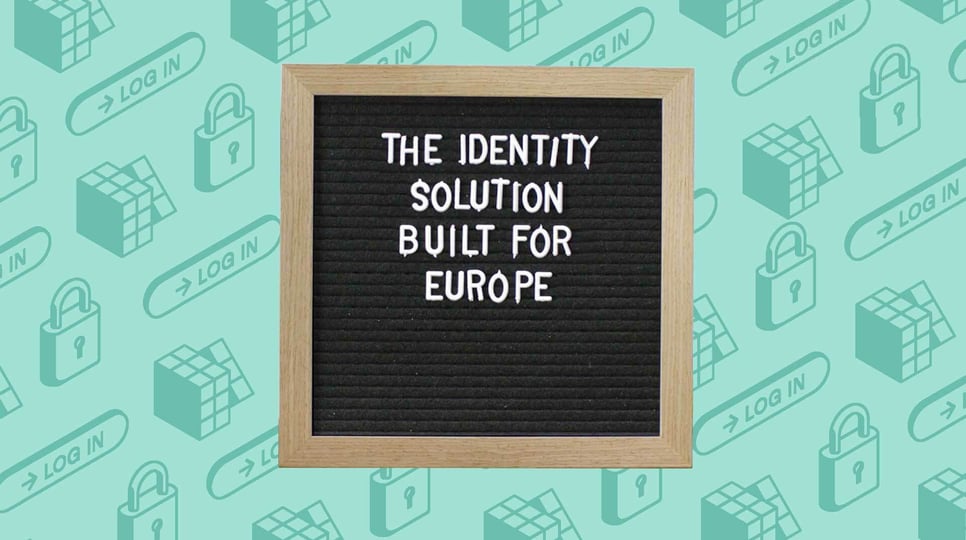Resources Data and measurement
The premium internet: where brands can reach audiences and activate first-party data

Select your country or region to see content tailored to your country.
Recruiting fraud is a growing issue for many companies.
The Trade Desk takes this issue seriously and is taking steps to address it.
Identity
The digital marketing landscape has long relied on third-party cookies for targeted advertising and comprehensive user tracking. Yet as privacy concerns escalate and technologies advance, a shift towards secure, privacy-focused alternatives is underway.

For marketers, adapting quickly is paramount; those who lag in transitioning to suitable identity solutions risk falling behind competitors who are adeptly navigating new strategies for user engagement and data collection. That’s why we want to equip you with actionable strategies to reduce your reliance on cookies.
The following strategies can help you thrive in a new era of identity. With them, you can deepen your understanding of consumer behaviours across multiple platforms and devices to ensure that your advertising efforts are both effective and privacy conscious.
Step 1: Use cross-device identity solutions
The digital advertising sphere extends well beyond the confines of a single internet browser. Environments like Connected TV (CTV) and digital audio provide immense opportunities for advertisers to reach relevant audiences at scale. By implementing cross-device identity solutions, you can deliver a more consistent and engaging ad experience across different platforms, leading to improved campaign performance. It’s crucial to consider this as you begin to embrace a broader omnichannel marketing approach.
Step 2: Activate our identity graph
Our identity graph helps enable the execution of sophisticated cross-device strategies that can aid you in better understanding user preferences. The graph also integrates privacy-conscious signals that are essential for maintaining ad targeting and measurement accuracy. The graph also offers…
Step 3: Invest in alternative channels
Browser signal loss aside, there are rich data signals (like device IDs) stemming from where consumers increasingly spend their time, like CTV and digital audio. These media channels offer robust targeting options that leverage first-party data and other identity signals to help improve your effectiveness in a privacy-conscious way.
Step 4: Adopt alternative durable identifiers
It’s important to invest in durable identifiers like European Unified ID (EUID). Doing so helps ensure that you maintain precise targeting and measurement capabilities in environments that no longer support deprecated identifiers.
The vast majority of impressions on our platform coming from the EMEA region are now powered by cookie-free identifiers. The cookie-free technology we’ve honed over the last decade is helping our clients decrease their reliance on traditional tracking methods.
Step 5: Talk to your representative at The Trade Desk
Our commercial teams are on call to help you understand your current level of dependence on outdated browser-based technology. Their analysis can help you tailor your strategies to better align with the evolving digital advertising landscape.
By activating cross-device tracking technologies like our identity graph, collecting and using first-party data, and fostering stronger collaborations with publishers through EUID, you can remain competitive and better prepare yourself for a rapidly evolving digital landscape.
Get more identity-focused resources below:
Resources Data and measurement

Resources Identity

Resources Identity
